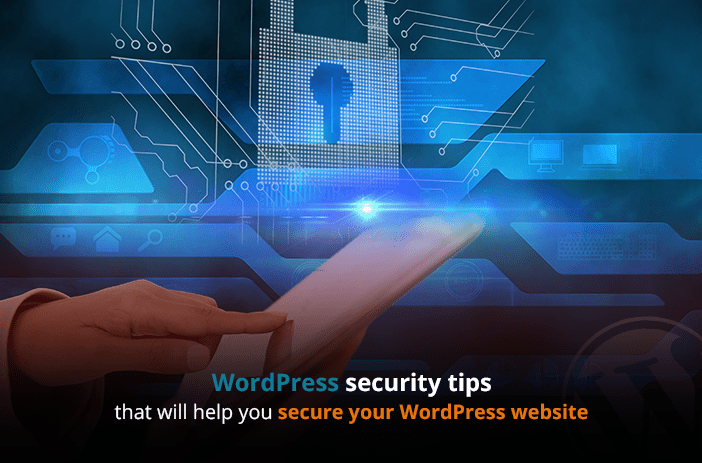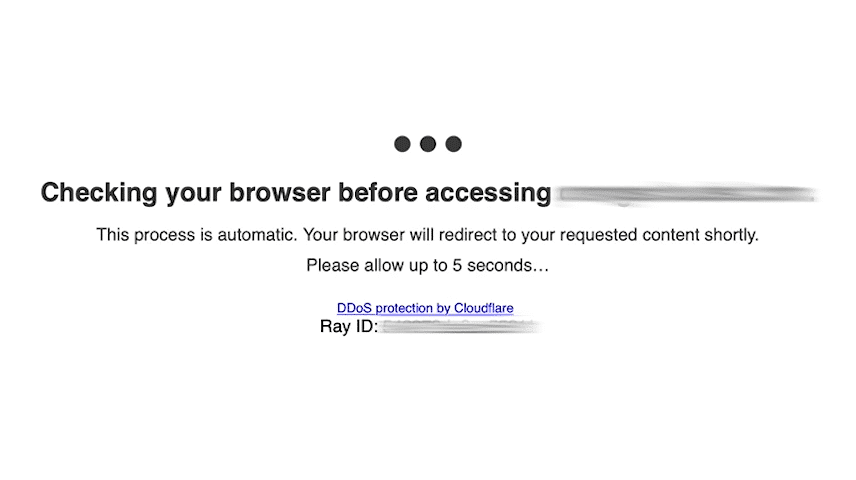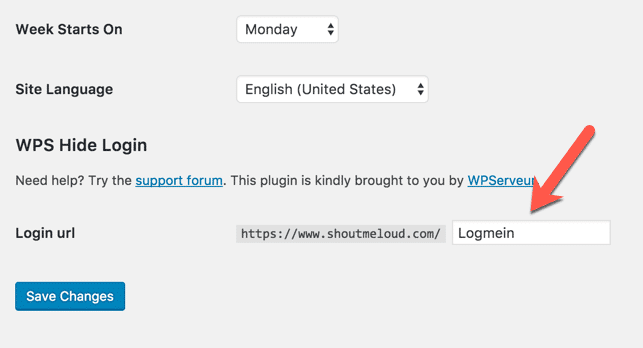It is always important to keep your assets safe. Your website is no different. If it is bringing you constant business and you rely on it for earning your bread and butter, then perhaps this is the right time to secure it. Otherwise, cybercriminals can easily get control of it and sabotage your business once and for all.
No matter how secure your hosting solution is, there are always loopholes available that hackers can use to get access to your WordPress website.
In this article, we discuss these loopholes and the ways to secure them. Let’s get started.
Best Security Tips to Make Your WordPress Website Secure
Here are some of the best security tips that every newbie WordPress website administrator should use to stay secure.
1. Add Two-Factor Authentication
First tip is to always secure your login information. Even if someone guesses your credentials through brute force, they shouldn’t be allowed entry to your website. This is only possible when you have 2FA or two-factor authentication in place. When someone from an unrecognized device tries to access your WordPress admin dashboard, you will get a code on your mobile phone. They can’t get entry to your website without inputting that code. This is how you can make logging into your website more secure.
2. Add Password Input Limit
Next, add a password input limit on your WordPress login page. By default, WordPress allows multiple attempts to enter new passwords. You can use a WordPress login attempt plugin like WP Limit Login Attempts to limit the number of password attempts to three attempts only. It would mean that everyone who tries to sign in more than three times will have to wait half an hour. Cybercriminals who use brute force to gain entry can’t run their scripts on your WordPress website when you have a password limiter installed.
Make Your WordPress Website Secure. Consult WordPress Experts Today
3. Update Your WordPress
WordPress automatically fixes many patches when you update it to a recent version. You can find the most stable version of WordPress and update it. Simply click on the WordPress dashboard, and then Updates.
If there is an updated version available, it will show up on this tab. Simply click on Update and WordPress will automatically update itself to the latest stable version. That’s it nothing else needed.
4. Use a CDN
You can use a Content Delivery Network (CDN) to improve the way your content is distributed but the CDN also serves another function. It saves your website from DDoS attacks. When cybercriminals try to sabotage your website with DDoS attacks, CDN diverts all that traffic to another location keeping your site safe and secure.
Moreover, CDN can also add a protection layer to your website if it gets constant DDoS attacks to ensure that only humans visit it.
You can get Cloudflare CDN free for your website. If you use a cache plugin like Nitropack you can get cache and CDN both in the same plugin.
5. Backup Your Website
Even with all the tips, we offer there is a chance that your website can still get hacked. So, make sure to backup everything available on it. Small businesses that don’t back up their websites regularly can lose a lot of potential revenue.
If you add new content to your website regularly, then it needs to be backed up regularly. If you add content weekly or monthly, then the website needs to be backed up on a weekly or monthly basis. A good backup plugin for WordPress is UpdraftPlus. You can also use any other plugin that suits you.
If you want to manually backup WordPress, then you will have to copy the media library as well. Because. WordPress builtin export doesn’t export media library assets.
6. Only Install Verified Plugins & Themes
The best way to keep your WordPress website secure is to install only verified plugins on your website. WordPress allows you to install plugins from any website but most of the time these plugins contain malware that can use your website server for many ill purposes.
To make sure that your theme and plugins are secure, you should install them only from the WordPress plugin directory or from a reliable source such as Envato, Themeisle, CodeCanyon, and many others.
You can also install a malware detector plugin on your website like Sucuri. We will discuss this in more detail below.
Finding It Hard to Secure Your WordPress Website? Book an Appointment with WordPress Experts
7. Change User Roles
Only allow one Admin user on your WordPress website. All others should be editors and moderators. Admins can add plugins, make changes to theme and function files. Editors on the other hand can create posts and pages and upload media files.
You should limit the number of admin roles so that only a handful number of people have access to your website core. This will make it easier to secure your website. Also, make sure that no user shares credentials with another person. You can also enable user logs to check what each admin user is doing on the website.
Strict security is only possible when a few users have administrative privileges and they all need the permission of top management to make any changes to core files.
8. Rename Login URL
Most WordPress websites have a simple structure and this is for obvious reasons. However, cybercriminals can easily hack into a website if they know the login page URL. To ensure that they can’t guess the login URL of your WordPress website, simply change it to something difficult. Here are a few examples:
SITE.com/your-login-panel
You can use a Custom Login URL plugin in WordPress to make changes to your website.
9. Add SSL Security
SSL security ensures that all the data passed between the website and the browser remain anonymous and secure. The SSL security certificates are now an essential part of any website. Without having SSL certificates on display, browsers will display a ‘Not Secure’ message on the website. The SSL security certificates are available from Let’s Encrypt for completely free and they are a prerequisite for ecommerce stores.
If you don’t have an SSL certificate already available for your website, you can get it from Let’s Encrypt and install it for completely free. Just make sure that your hosting solution supports it.
10. Keep Wp_Config file Secure
Consider the wp_config file as the controller of your WordPress installation directory. In the wrong hands, it can make your website inaccessible. Fortunately, there is a simple solution to keep it away from the wrong hands and that is by changing its location. You can change the location of the WordPress website from the public_html folder to another directory. It will make it harder for cybercriminals to access the wp_config file and get control of your WordPress directory.
If you are not sure how to make wp_config directory secure, you can get help from our expert developers.
Bottom-line
The security of your WordPress website should be of prime importance for the long-term success of your business. We have made it easier for you to secure your website with these tips. Simply implement them on your website and that’s it.
If you are having difficulty in implementing the tips we mentioned above, get help from our WordPress expert developers through the contact us page.






![Can AI Tools Replace Designers? [12 Marketing Experts Weigh In]](https://www.nirmal.com.au/wp-content/uploads/2025/02/1-800x800.webp)

![AI Marketing Tools [2025]: 11 Experts Share Their Top AI Picks & Insights](https://www.nirmal.com.au/wp-content/uploads/2025/02/2-800x800.webp)